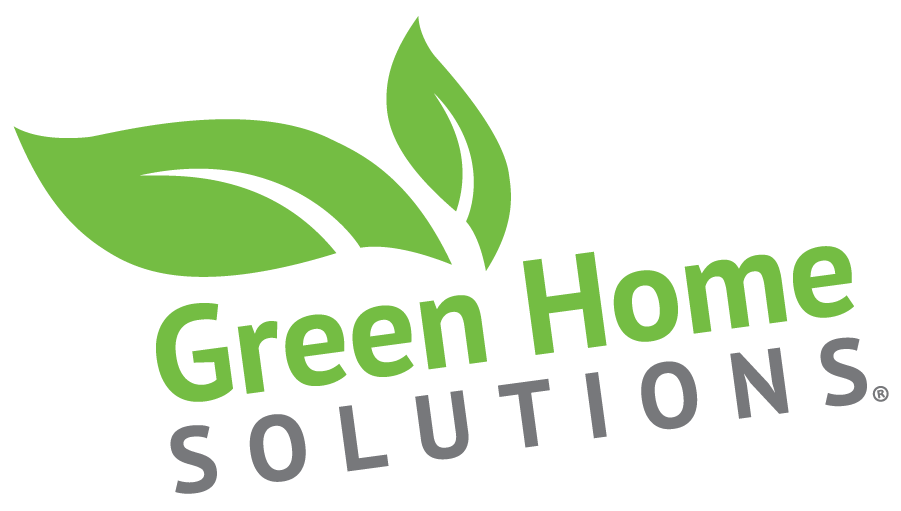As temperatures shift and seasons change, many homeowners struggle with increased allergies during the fall months. While outdoor allergens like ragweed and mold spores are common culprits, indoor air quality plays a significant role in allergy symptoms as well. Understanding how to reduce allergens inside your home can help you breathe easier throughout the season.
Common Indoor Allergens in the Fall
While you might think of pollen and outdoor allergens as the primary concern in the fall, indoor allergens can build up quickly, especially as windows remain closed and heating systems are turned on. Common indoor allergens during this time of year include:
-
Dust mites
-
Pet dander
-
Mold spores
-
Indoor dust
These allergens can circulate through your HVAC system and settle on surfaces, causing sneezing, coughing, and other allergy symptoms.
Improving Indoor Air Quality to Reduce Allergies
Improving indoor air quality is essential for reducing allergens and maintaining a healthy home environment. Here are a few effective strategies to combat indoor allergens:
1. Regular Air Duct Cleaning
Your HVAC system can collect dust, pet dander, and other allergens over time. Scheduling a professional air duct cleaning can help reduce the amount of allergens circulating through your home. This service ensures that the air flowing through your heating system is cleaner and healthier to breathe.
2. Whole-House Air Purifiers
Installing a whole-house air purifier on your HVAC system can help remove allergens and improve the overall air quality in your home. These purifiers work by capturing tiny particles like dust, pet dander, and mold spores before they enter your living space, significantly reducing allergy triggers.
3. Maintain Proper Humidity Levels
Mold spores thrive in high humidity environments, which can lead to poor air quality and worsen allergy symptoms. The American Lung Association recommends keeping indoor humidity levels between 30% and 50% to prevent mold growth. A dehumidifier can help maintain these levels, especially in damp areas like basements or crawl spaces.
Take Action Against Fall Allergies
By taking steps to improve your home’s indoor air quality, you can create an environment that’s healthier for allergy sufferers. Regular cleaning, proper humidity control, and investing in air quality improvements can all help reduce allergens and make fall a more enjoyable season for you and your family.
